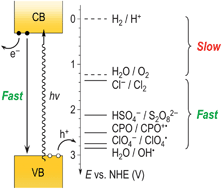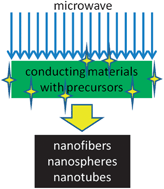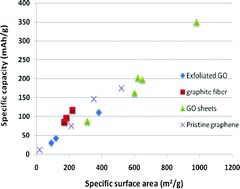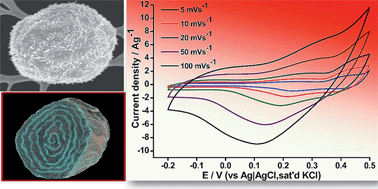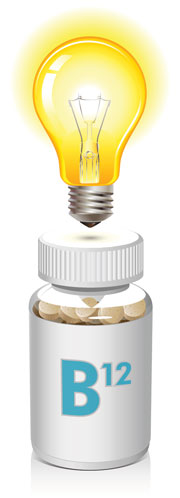With the increasing energy demands of the 21st century creating a pressing interest in alternative power sources, the demand for high performing, state-of-the-art fuel cells has never been greater. However, these fuel cells require the precious metal platinum to generate their high power output, and this drawback has led scientists in Taiwan to develop a competitive replacement by combining carbon, and curiously, vitamin B12.
‘The limited abundance of platinum and other noble metals on Earth restricts the development of fuel cells. Searching for a non-noble-metal catalyst is a major issue,’ explains Kuei-Hsien Chen, from the Institute of Atomic and Molecular Science, Taipei, who, along with other colleagues, has developed this peculiar solution.
In order to generate electricity, most modern fuel cell devices require an oxygen reduction reaction (ORR) at the cathode of the cell, whilst simultaneously, another chemical (often hydrogen) is oxidised at the anode. This redox reaction for power generation has been limited by the slow ORR process, which in nature requires complex enzymes to proceed at any meaningful rate.
Although scientists have been investigating methods for speeding up the ORR, it has been notoriously difficult to produce a cathode that can achieve this and so they have had to resort to loading high amounts of expensive platinum onto the cathode to generate the required ORR rate.
However, Chen and co-workers have dispensed with the need for platinum altogether, by using cheap carbon that has vitamin B12 dispersed throughout, to form the cathode of their polymer electrolyte fuel cell (PEFC). The performance of this cathode doesn’t quite match that of platinum based cathodes, but at a fraction of the cost, this cathode could open up real opportunities for the practical application of these fuel cells.
Fuel cell expert John Varcoe, from the University of Surrey, UK, thinks that Chen’s advance clearly shows ‘promise for use as a fuel cell catalyst’, however, he urges caution by noting that the fuel cell’s performance over ‘many thousands of hours will need to be demonstrated before it will rival current (more expensive) fuel cell catalysts’.
Chen hopes to continue to develop his PEFC to make the cathode more effective, but in the meantime, this research may make fuel cells more accessible as a power source for the world’s future energy needs.
Ross McLaren
Read the paper from Energy & Environmental Science:
Vitalizing fuel cells with vitamins: pyrolyzed vitamin B12 as a non-precious catalyst for enhanced oxygen reduction reaction of polymer electrolyte fuel cells
Sun-Tang Chang, Chen-Hao Wang, He-Yun Du, Hsin-Cheng Hsu, Chih-Ming Kang, Chia-Chun Chen, Jeffrey C. S. Wu, Shi-Chern Yen, Wen-Fei Huang, Li-Chyong Chen, M. C. Lin and Kuei-Hsien Chen
Energy Environ. Sci., 2011
DOI: 10.1039/c1ee01962g











